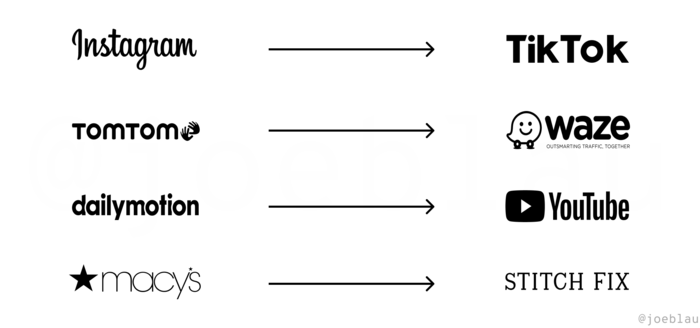Age Of Suggestion
The battle for consumer’s attention is increasing and winning products will be the ones that provide relevant and accurate suggestions.
In the late 90’s there were over 20 search engines categorized by different dynamics and chracretists. Some were manually curated and others used web crawlers to create a graph of links between websites. Regardless of the technique used to build the search index, users of the engines were responsible for typing the question they wanted to answer for. Today we know that the winner from the last 20 years of search is Google.
As we transitioned through the early 2000’s, search was infused into every product. Napster, MySpace, Facebook, Twitter, Instagram, and YouTube all built amazing companies around allowing users to create, share and search content. Today more than half of the world is online increasing the number of content creators, bots, and companies trying to reach audiences. This influx creates information overload and noise making it hard for consumers to really find what they are searching for.
What we’ve started to see recently is a trend towards products which flip the search paradigm on its head offering high quality suggestions. Modern products, powered by AI, do everything from pick the next hit song on TikTok to finding your perfect wardrobe on Stitch Fix. The next wave of products will be powered by AI, focus on quantifying users behaviors, and optimize an objective function to to deliver customer value. Over the next 10 years, products are going to migrate from the age of search to the age of suggestion.
